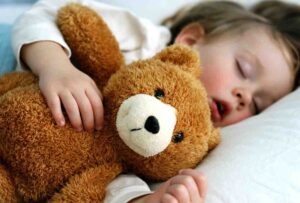Stuffed animals hold a special place in our hearts — from childhood companions to collectible treasures. But have you ever wondered how long these cuddly friends actually last? The lifespan of a stuffed animal can vary widely, influenced by many factors including the quality of materials, how it’s cared for, and its intended use. Understanding these aspects not only helps you cherish your plush toy longer but also guides you in making smarter, more sustainable choices.
In short, the lifespan of a stuffed animal typically ranges from several years to decades, depending on its material durability, maintenance, and usage patterns. Proper care can significantly extend its life, while poor handling and low-quality fabrics may shorten it. Whether you’re gifting a child or investing in a collectible, knowing what affects longevity is key.
Take the story of Emma, whose childhood teddy bear has lasted over 25 years despite daily hugs and adventures. How did it survive the test of time? Let’s dive deep into everything you need to know about stuffed animal lifespans, so your plush companions can stay with you for years to come.
1. What Factors Affect the Lifespan of a Stuffed Animal?
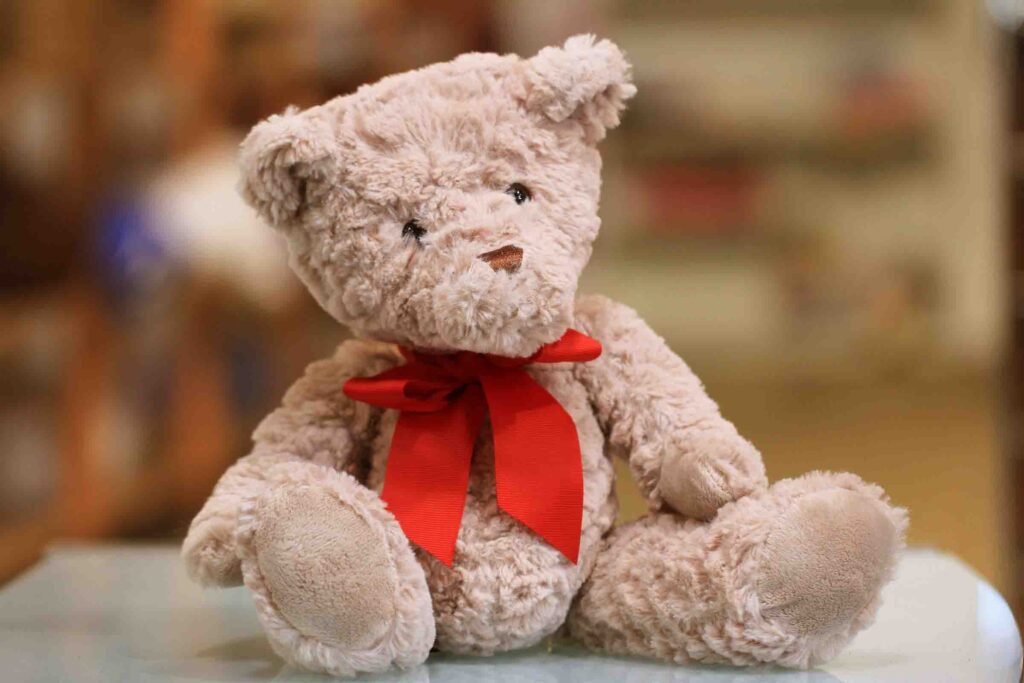
The lifespan of a stuffed animal depends on multiple factors, including the quality of materials, frequency of use, and how well it is cared for.
- Material Quality: High-quality fabrics like tightly woven polyester plush and durable stuffing increase resistance to wear and tear. Conversely, cheaper materials tend to degrade faster.
- Manufacturing Standards: Stitching quality and construction integrity impact durability. Well-made seams reduce the risk of ripping or stuffing loss.
- Usage Patterns: Toys frequently handled by children experience more stress, leading to quicker degradation compared to display-only collectibles.
- Care and Maintenance: Regular cleaning, proper storage, and gentle handling preserve the toy’s shape and fabric integrity, extending its usable life.
- Environmental Factors: Exposure to sunlight, moisture, and dirt accelerates fabric fading and material breakdown.
- Design Features: Some designs with delicate parts (e.g., glued-on eyes, thin ribbons) are more prone to damage than robustly designed toys.
Understanding these influences can help consumers make better choices tailored to their needs. Whether prioritizing playtime durability or display longevity, the right combination of materials, design, and care will impact lifespan significantly.
If you want durable, eco-friendly stuffed animals tailored for your specific needs, Kinwin specializes in customizable solutions with advanced quality control — feel free to reach out for a consultation.
| Factor | Description |
|---|---|
| Material Quality | High-quality fabrics like tightly woven polyester plush and durable stuffing resist wear better. Lower-quality materials degrade faster. |
| Manufacturing Standards | Stitching quality and construction integrity impact durability. Well-made seams reduce ripping and stuffing loss. |
| Usage Patterns | Frequently handled toys degrade faster than display-only collectibles due to increased stress. |
| Care and Maintenance | Regular cleaning, proper storage, and gentle handling preserve shape and fabric integrity, extending lifespan. |
| Environmental Factors | Exposure to sunlight, moisture, and dirt accelerates fabric fading and material breakdown. |
| Design Features | Delicate parts such as glued-on eyes or thin ribbons are more prone to damage than robust designs. |
2. Which Materials Are Most Durable for Stuffed Animals?
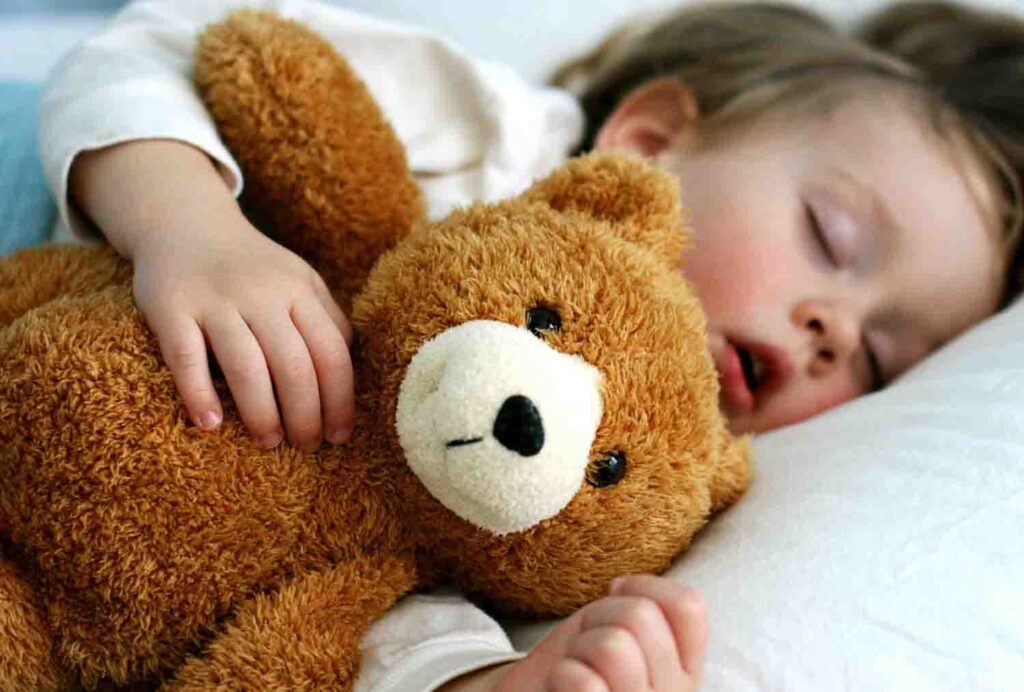
Materials like polyester plush fabric, cotton blends, and synthetic fillings generally offer the best durability for stuffed animals.
- Polyester Plush Fabric: This synthetic material is widely used due to its softness, strength, and resistance to stains and fading. It is also easy to clean, making it a favorite for durable plush toys.
- Cotton Blends: Natural fibers blended with synthetics can add breathability and softness but may wear out faster if not tightly woven.
- Stuffing Types: Polyester fiberfill is most common for its resilience and hypoallergenic properties. Alternatives like memory foam or recycled stuffing provide added durability or eco benefits.
- Eco-Friendly Options: Materials such as organic cotton, bamboo fiber, and recycled polyester support sustainability but vary in durability depending on weave and treatment.
- Safety Certifications: Durable materials often comply with standards like ASTM F963 or EN71, ensuring safety alongside longevity.
Below is a comparison table showing common fabric and stuffing materials with durability ratings:
| Material Type | Durability Rating | Eco-Friendliness | Maintenance Ease | Common Usage |
|---|---|---|---|---|
| Polyester Plush Fabric | High | Moderate | Easy | Most commercial plush toys |
| Cotton Blends | Medium | High | Moderate | Premium, organic toys |
| Polyester Fiberfill | High | Moderate | Easy | Standard stuffing |
| Memory Foam | Medium-High | Low | Moderate | Specialty plush toys |
| Recycled Polyester | Medium | High | Easy | Sustainable plush |
Choosing the right material depends on balancing durability, environmental impact, and cost considerations.
For high-quality, sustainable materials customized to your specifications, Kinwin offers expert sourcing and manufacturing services. Contact us to learn more.
3. How Does Proper Care and Maintenance Extend a Stuffed Animal’s Lifespan?
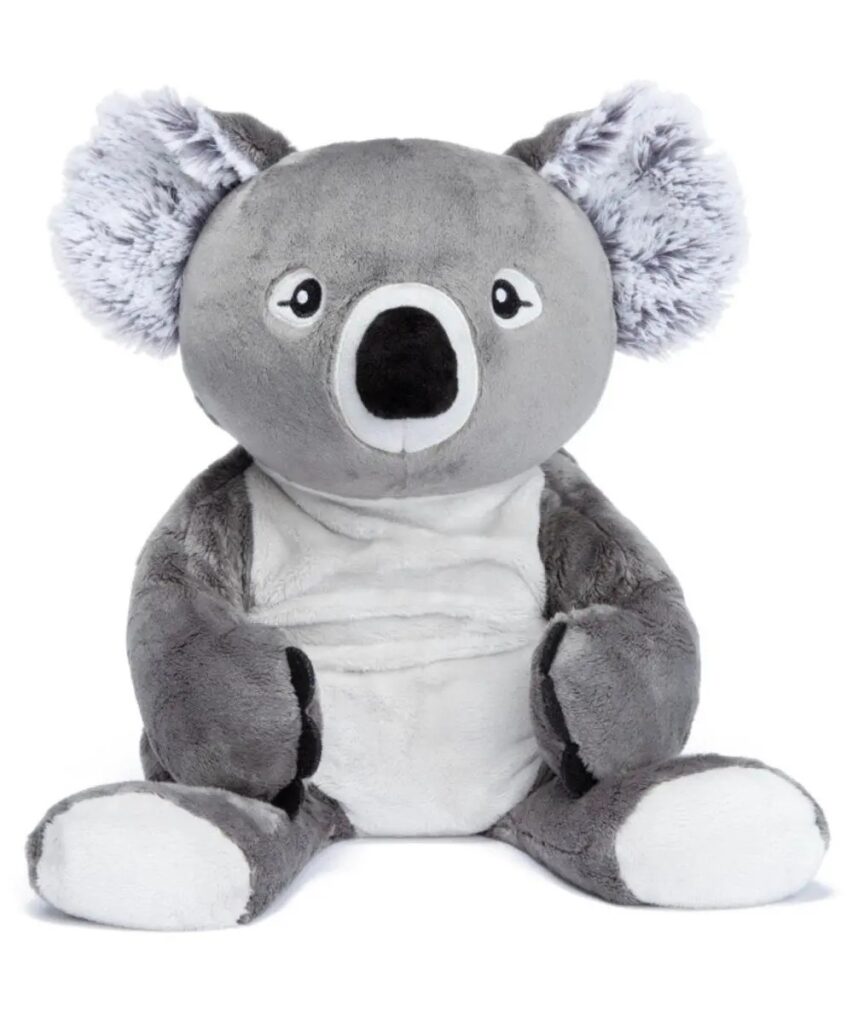
Regular cleaning, careful storage, and gentle handling can significantly prolong the life of a stuffed animal.
- Cleaning Methods: Surface cleaning with mild detergent is often best to avoid water damage. Machine washing is possible for durable toys but requires protective bags and gentle cycles.
- Avoiding Overexposure: Limit exposure to direct sunlight and moisture to prevent fading and mold growth.
- Repair and Stitching: Promptly repair loose seams or detached parts to avoid worsening damage.
- Storage: Store stuffed animals in breathable containers away from dust and pests, especially for long-term preservation.
- Handling: Encourage gentle play for children to reduce stress on fabrics and seams.
- Deodorizing: Use baking soda or fabric fresheners to maintain a pleasant smell without harsh chemicals.
For commercial producers, integrating care instructions on product labels boosts customer satisfaction and extends product life, reducing waste.
Kinwin’s advanced production includes reinforced stitching and fabric treatments that enhance maintenance ease and durability. Contact us to customize your plush care solutions.
| Care & Maintenance Aspect | Description |
|---|---|
| Cleaning Methods | Surface cleaning with mild detergent is preferred. Machine washing possible for durable toys with protective bags and gentle cycles. |
| Avoiding Overexposure | Limit direct sunlight and moisture to prevent fading and mold growth. |
| Repair and Stitching | Promptly fix loose seams or detached parts to prevent further damage. |
| Storage | Store in breathable containers away from dust and pests for long-term preservation. |
| Handling | Encourage gentle play to reduce stress on fabric and seams. |
| Deodorizing | Use baking soda or fabric fresheners to maintain a pleasant scent without harsh chemicals. |
4. Do Different Types of Stuffed Animals Have Varying Lifespans?

Yes, the lifespan of a stuffed animal varies depending on its intended use, design complexity, and user demographics.
- Children’s Play Toys: These experience heavy use and frequent washing, resulting in a typical lifespan of 3-5 years, depending on quality.
- Collectible Plush Toys: Often display-only with minimal handling, these can last decades or more when properly stored.
- Promotional and Event Toys: Often produced for short-term use, these usually have shorter lifespans due to lower cost materials.
- Specialty Plush (e.g., weighted, sensory): May require specific care, affecting lifespan positively or negatively based on user compliance.
- Outdoor Plush Toys: Exposure to weather elements drastically shortens lifespan unless specially designed with weather-resistant materials.
Understanding these distinctions helps buyers select products appropriate for their goals, balancing cost and durability.
Kinwin offers tailored production runs that match product life expectations, ensuring cost-efficiency without compromising quality. Reach out for personalized quotes.
| Stuffed Animal Type | Typical Lifespan | Notes |
|---|---|---|
| Children’s Play Toys | 3-5 years | Heavy use and frequent washing shorten lifespan; depends on material quality. |
| Collectible Plush Toys | Decades or more | Minimal handling, display-only; longevity depends on proper storage. |
| Promotional and Event Toys | Short-term (months to 1 year) | Often made with lower-cost materials for temporary use. |
| Specialty Plush (Weighted, Sensory) | Varies | Requires specific care; lifespan affected by user compliance with care instructions. |
| Outdoor Plush Toys | Shortened significantly | Exposure to weather reduces lifespan unless designed with weather-resistant materials. |
5. Is Environmental Sustainability Related to Stuffed Animal Longevity?
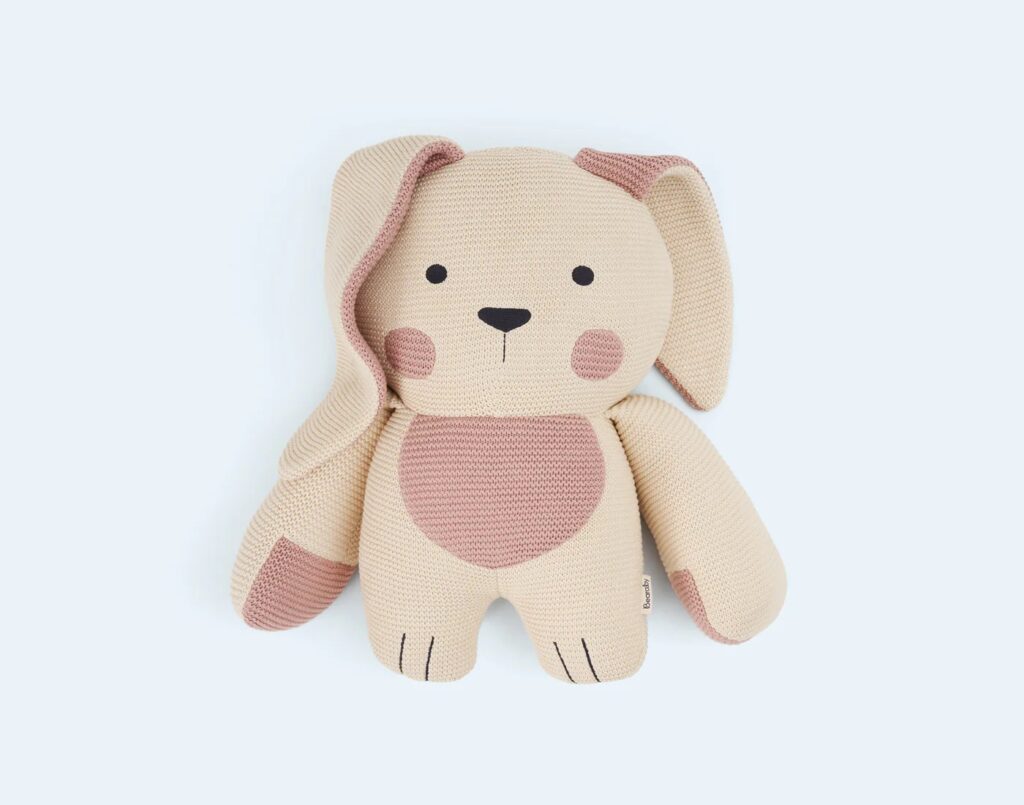
Sustainability and longevity are closely linked, as eco-friendly materials and responsible manufacturing often promote longer-lasting products.
- Material Selection: Sustainable fabrics like organic cotton and recycled fibers often require less chemical treatment and can be engineered for durability.
- Manufacturing Processes: Eco-conscious factories reduce waste and energy use, emphasizing quality control to minimize product defects and returns.
- Circular Economy: Longer-lasting stuffed animals reduce landfill waste. Some brands offer repair or recycling programs.
- Consumer Awareness: Growing demand for sustainable products encourages producers to innovate with durable, eco-friendly materials.
- Trade-offs: Sometimes, sustainable materials may have shorter lifespans if not engineered for durability — requiring balanced design decisions.
Adopting sustainability in plush toys not only benefits the planet but can improve brand reputation and customer loyalty.
At Kinwin, we specialize in sustainable plush production that meets stringent environmental and quality standards. Contact us to explore custom eco-friendly plush options.
| Aspect | Description |
|---|---|
| Material Selection | Sustainable fabrics like organic cotton and recycled fibers need less chemical treatment and can be durable. |
| Manufacturing Processes | Eco-conscious factories reduce waste and energy use, focusing on quality to minimize defects and returns. |
| Circular Economy | Longer-lasting toys reduce landfill waste; some brands offer repair or recycling programs. |
| Consumer Awareness | Increased demand drives innovation in durable, eco-friendly materials. |
| Trade-offs | Sustainable materials may sometimes have shorter lifespans if not engineered carefully; balance is needed. |
6. Are There Signs That Indicate When a Stuffed Animal Should Be Replaced?
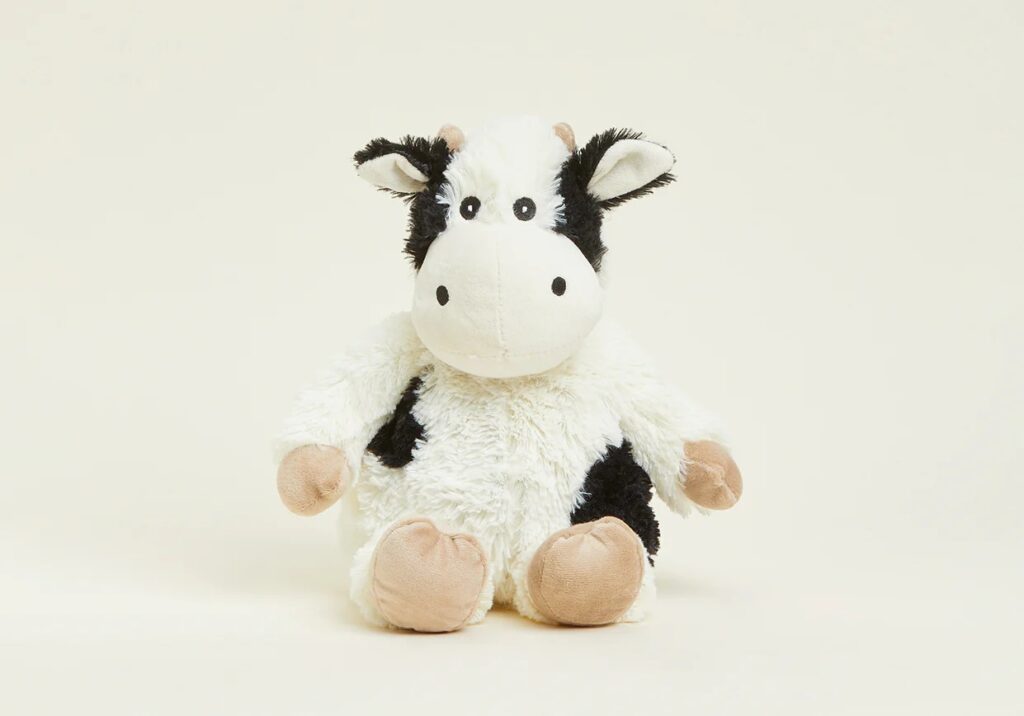
Knowing when to replace a stuffed animal is important for safety and hygiene, especially for children.
- Visible Damage: Tears, loose stuffing, and missing parts can pose choking hazards or cause further damage.
- Odor and Stains: Persistent bad smells or stains after cleaning may indicate bacteria or mold buildup.
- Loss of Shape: Excessive flattening or deformation reduces comfort and appeal.
- Allergic Reactions: If users experience allergies or skin irritation, replacement may be necessary.
- Safety Standards: Older toys may no longer meet current safety regulations.
Replacing stuffed animals when these signs appear ensures safety and maintains emotional comfort.
Kinwin offers durable, easy-to-maintain plush toys designed to minimize premature replacement. For bulk orders or custom projects, contact us today.
| Sign | Description |
|---|---|
| Visible Damage | Tears, loose stuffing, and missing parts may cause choking hazards or worsen damage. |
| Odor and Stains | Persistent bad smells or stains after cleaning can indicate bacteria or mold buildup. |
| Loss of Shape | Excessive flattening or deformation reduces comfort and aesthetic appeal. |
| Allergic Reactions | Allergies or skin irritation in users suggest it’s time to replace the toy. |
| Safety Standards | Older toys may no longer comply with current safety regulations, requiring replacement. |
In conclusion, the lifespan of a stuffed animal depends on a combination of quality materials, thoughtful design, proper care, and intended use. With advances in sustainable production and consumer awareness, plush toys can be both eco-friendly and long-lasting companions.
If you’re looking for a trusted partner to develop high-quality, durable, and sustainable stuffed animals tailored to your brand’s needs, Kinwin is here to help. Reach out now for a personalized consultation and product customization.




